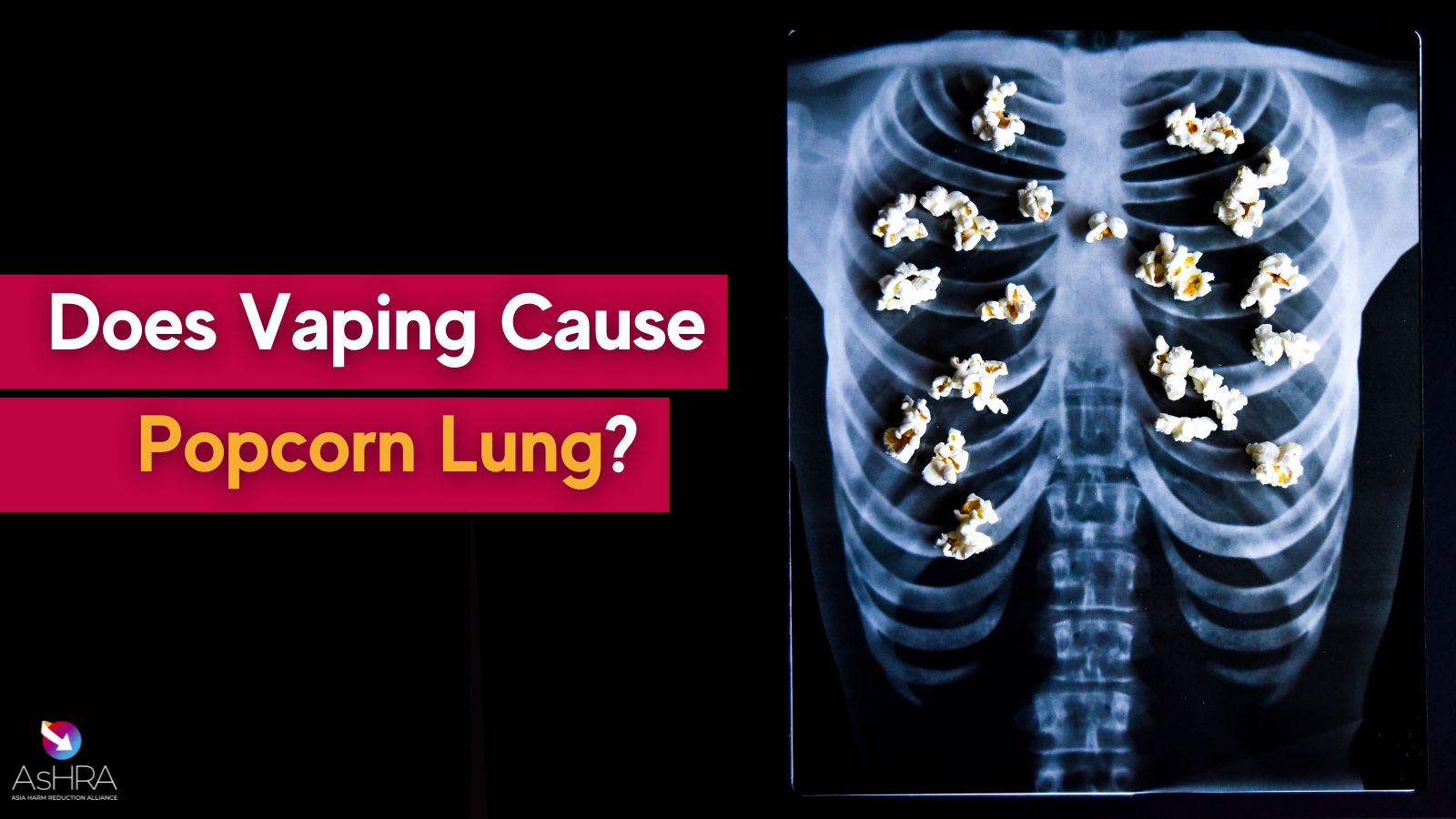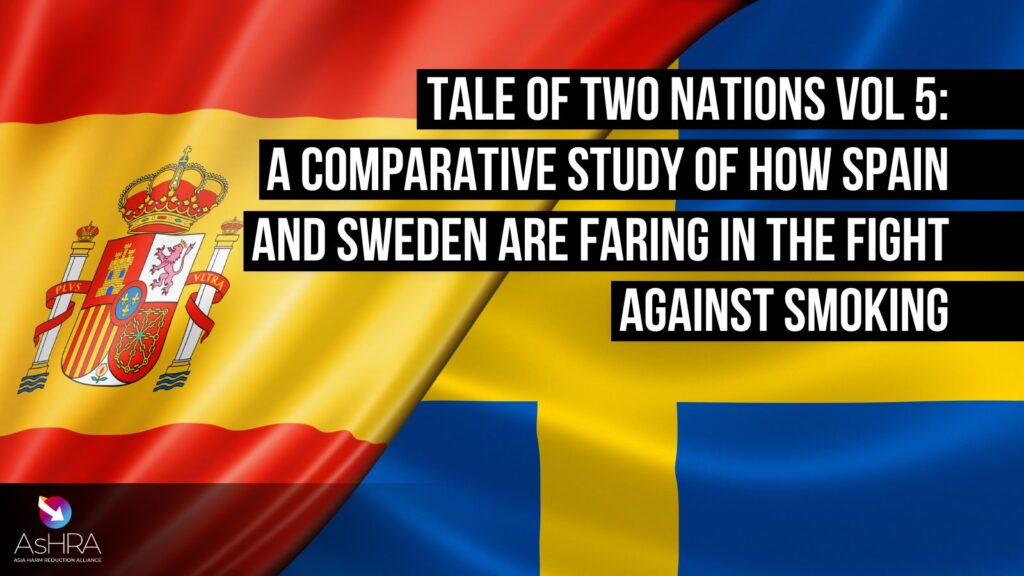Kazakhstan is one among the four nations discussed in a new case study as part of a recent report that focussed on the potential positive effects of harm reduction policies relating to tobacco-related deaths in lower- and middle-income countries (LMICs).
This report specifically addresses the number of lives that could be saved, examining the potential impact of policies surrounding tobacco harm reduction (THR). The report discloses that in Kazakhstan alone, 165,000 premature deaths could be prevented in the next four decades. However, achieving this goal relies on governments, with support from other key stakeholders, intensifying the implementation of tobacco harm reduction (THR) policies, expanding the availability of THR products, and improving access to diagnostics and treatment for diseases related to tobacco. Supplementary yet equally vital, these components enhance the existing conventional measures for tobacco control.

The evident necessity for an enhanced strategy on tobacco control becomes apparent upon observing that the top three causes of death in Kazakhstan—heart disease, stroke, and chronic obstructive pulmonary disease (COPD)—are all attributed to tobacco use.
Emphasising a significant difference in smoking prevalence between men (37.7%) and women (5.8%), Kazakhstan serves as a noteworthy case study, resulting in an overall smoking population of 20.9%. The report underscores the importance of this gender gap as a contributing factor to the variance in life expectancy between men (67.5 years) and women (76.4 years) in Kazakhstan. The insights from the report, considering this correlation and the shared causes of death mentioned earlier, underscore the urgency of prompt implementation.
Related Posts
 Time to support Filipino vape law, not relitigate it
Time to support Filipino vape law, not relitigate it
Time to support Filipino vape law, not relitigate it
 Greens’ Plan To Legalise Nicotine Vapes Lauded
Greens’ Plan To Legalise Nicotine Vapes Lauded
Greens’ Plan To Legalise Nicotine Vapes Lauded
 Taiwan Vaping Ban Disappointing For Its Many Smokers
Taiwan Vaping Ban Disappointing For Its Many Smokers
Taiwan Vaping Ban Disappointing For Its Many Smokers
More about
Alcohol Harm Reduction
More about





